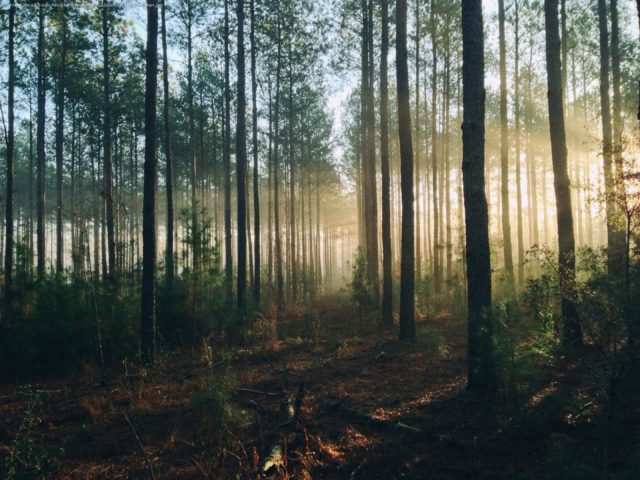Forests help counter global warming, but they are also threatened by it. Many tree species struggled this past summer as much of Europe was hit by heat waves and a severe drought—thought to be the worst in 500 years.
October 16, 2022
Forests help counter global warming, but they are also threatened by it. Many tree species struggled this past summer as much of Europe was hit by heat waves and a severe drought—thought to be the worst in 500 years.
Even olive trees, known for their ability to resist dry conditions, have suffered. Spain is the world’s leading producer of olive-oil but many Spanish farmers expect their olive-oil harvests this year to decline by as much as 50%.
In this context, Horizon researchers are racing to understand more about how trees respond to drought as part of the fight against climate change.
Carbon sinks
Existing forests already remove about a third of the greenhouse gas emissions caused by human activities. A worldwide afforestation programme could do the same for almost a third of the discharges that remain in the atmosphere.
‚If you look at the last 10 years or so, there have been a number of events where severe drought has caused large-scale death of trees in forests.‘ said Dr. Jaideep Joshi, of the Plant-FATE project, which is studying plant traits to protect forests from climate change.
Planting billions of trees is a relatively inexpensive way to tackle the climate crisis, according to a study about the potential for global forest cover to mitigate climate change.
But as drought spreads, forests worldwide are at risk. In Europe, 500 000 hectares of forest were wiped out as a result of drought between 1987 and 2016.
Joshi led the Horizon-funded Plant-FATE project, which broke new ground when it comes to predicting the impact of drought on trees of all kinds.
Tree resilience
A major limitation of current models is that they rarely consider trees‘ ability to adapt to dry conditions and how resilience may differ between species. That leads to inconsistencies when projecting how forests will respond to future climate scenarios.
‚That is where the largest uncertainty currently lies,‘ said Dr. Joshi. ‚You have this whole ecosystem of mixed species—we have tried to bring this all together in a simple but comprehensive modelling framework.‘
A model acts as a tool for simulating outcomes and he believes his team’s model will be particularly useful when it comes to planning tree-planting programmes.





